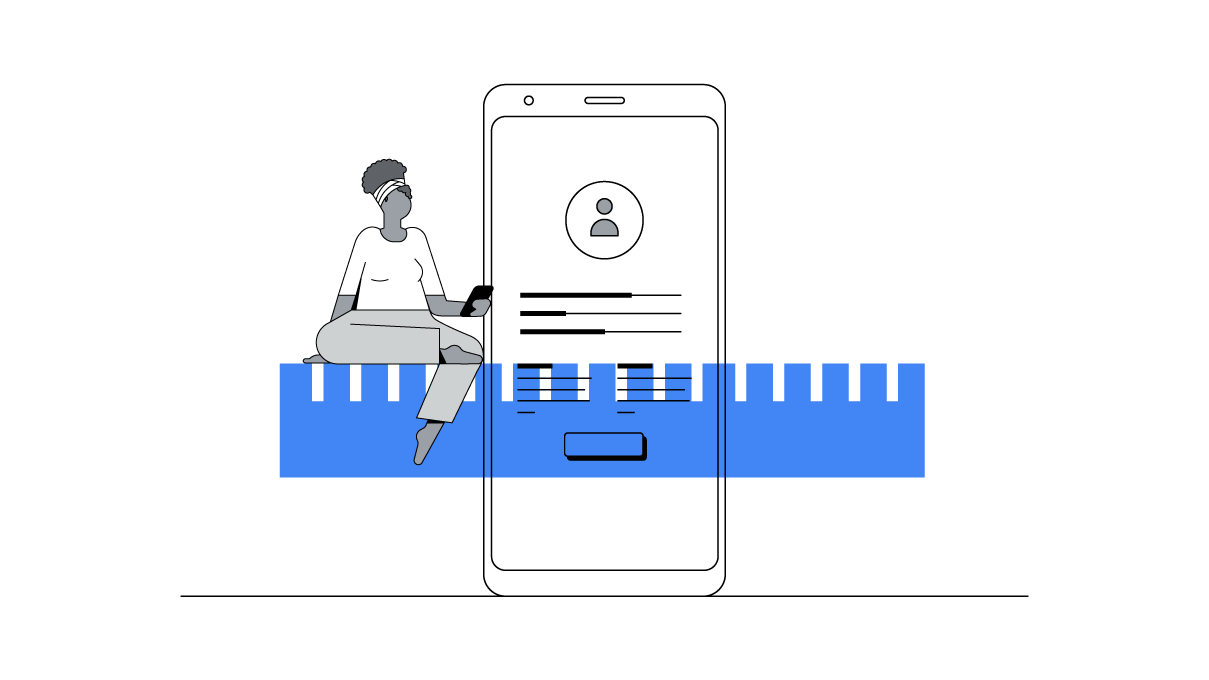PowerPlay Studio launched Universal App Campaigns to gain insight on player behaviour via machine learning while promoting in-app actions and app installations. As a result, the indie game studio was able to refocus its ad spending and double its monthly revenue.
Ask any indie mobile game developer — it’s all about the user. From user acquisition to user retention, finding new players and keeping them actively playing (and purchasing) is critical to a game’s long-term success, and its subsequent profitability.
For PowerPlay Studio — the number one indie studio in Slovakia and one of the biggest Slovak studios in the game industry — this feat is made even more difficult by several factors.
The mission: Target new players
The first challenge is the original game format. Initially designed for web or Facebook canvas, the games are not native to mobile, which results in less-than-optimal gameplay and lower user retention. This is extremely problematic when it comes to free-to-play (F2P) mobile games — users need to play at least several times a week in order for games to be profitable and run long-term.
The second challenge is the niche nature of the studio’s market: Sports games. Sports games are only 2.9% of the total gaming market in Europe1, and the category is divided further by sport in question, such as football or golf. As time goes on, it becomes more difficult to find and target new users who are interested in these types of games and retain them.
The issue of the niche market is compounded further by the third and final challenge: Seasonality. Every metric for a sport game performs worse outside of the sport’s peak season — ski games suffer during summer, as do tennis games during winter.
Choosing a winning strategy
Determined to overcome these challenges, PowerPlay examined different strategies to drive growth and scale user acquisition, focusing on high value users to boost retention rates and improve ROAS. Previously dedicating 90% of their user acquisition budget to TV advertising and Facebook, PowerPlay decided to test a simple Universal App Campaign focused solely on installations, without targeting or optimisations.
While retention and lifetime value rates were comparable to other channels, the extremely low cost per install (only $.08) allowed PowerPlay to make a return on investment in just 41 days — 17 days faster than any other channel. Taking this learning into account, in December PowerPlay pivoted it’s spending to Google App Campaigns, focusing on in-app actions and install volume.
Achievements unlocked
The campaign proved to be exceedingly scalable in driving growth, delivering over 1.1 million installs in just a few weeks. Fast and easy to set up, the studio found the solution both effective and efficient. And the positive results didn’t end there — Ski Jump Mania 3 reached number one in several countries for the Game/Sports category in the Google Play Store, including Poland, Norway, Finland, Austria, and Switzerland, and ranked top 10 for all of Europe. In February, the game was the third highest ranked application overall on Google Play, following Facebook and Instagram.
But driving growth isn’t everything — a studio’s success relies on the lifetime value (LTV) of its users. To find and acquire high value users, the studio used UAC to gain an understanding of player behaviour, detecting substantial player events such as completing certain levels or making purchases. The LTV for the UAC campaign was 4x higher than any other channel, spurring the studio to shift advertising to 70% UAC.
UAC was a huge success for the studio, delivering on every metric and providing actionable insights for future campaigns. Says CMO Július Vencel, “UAC was a fantastic tool because it helped us not only scale our user acquisition, but also improved retention and ROI, which led to the doubling of our master revenue.”





